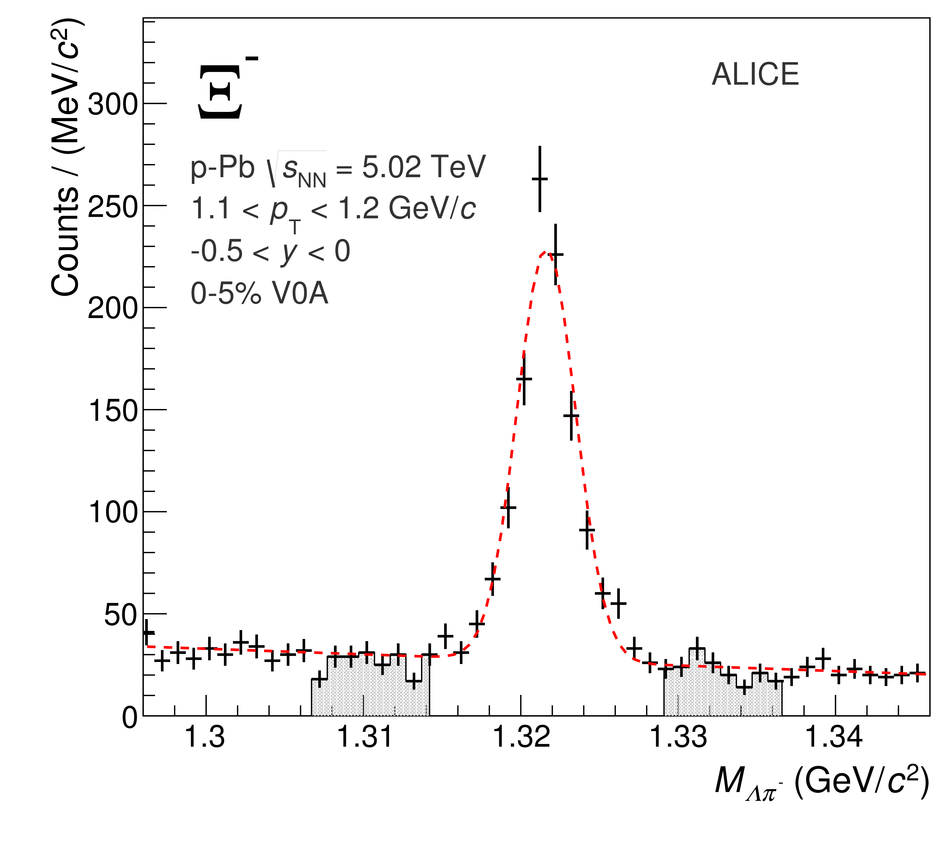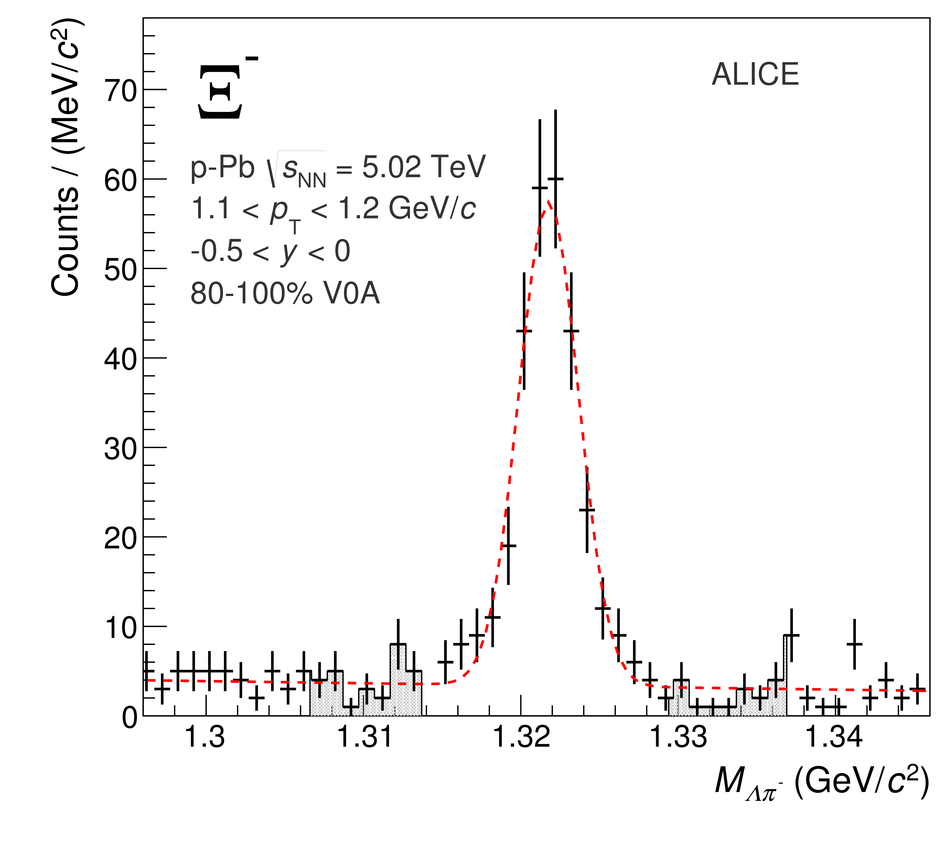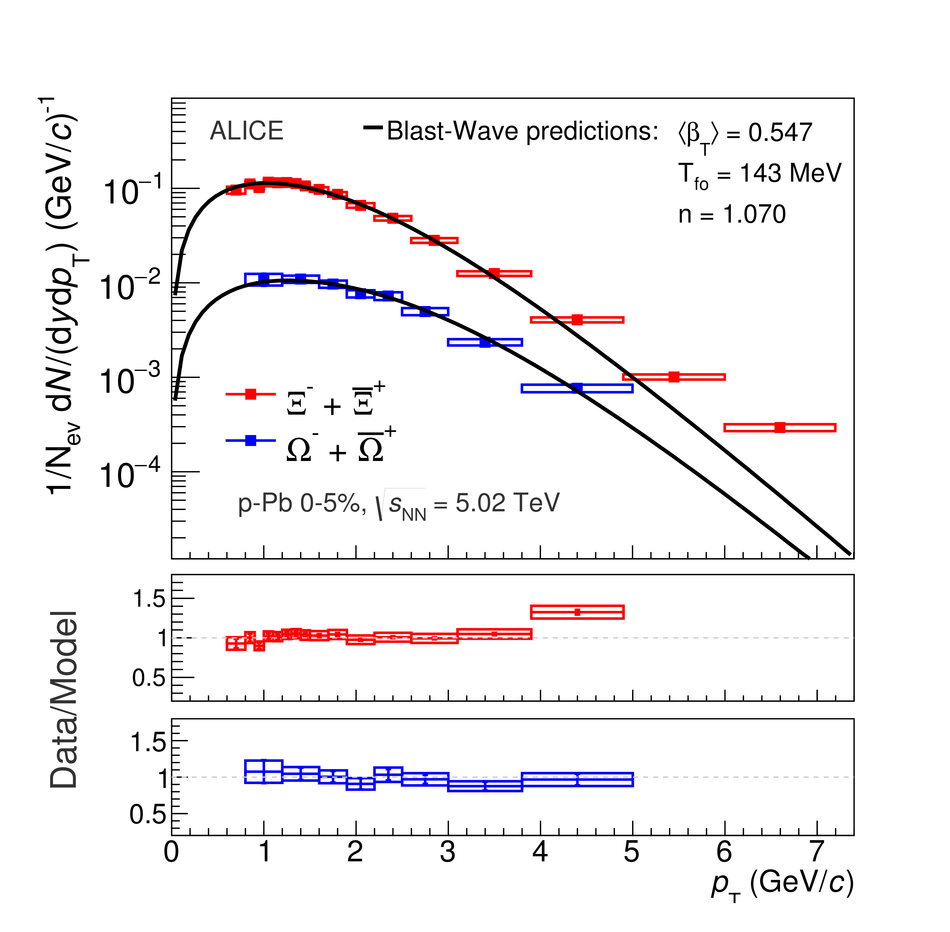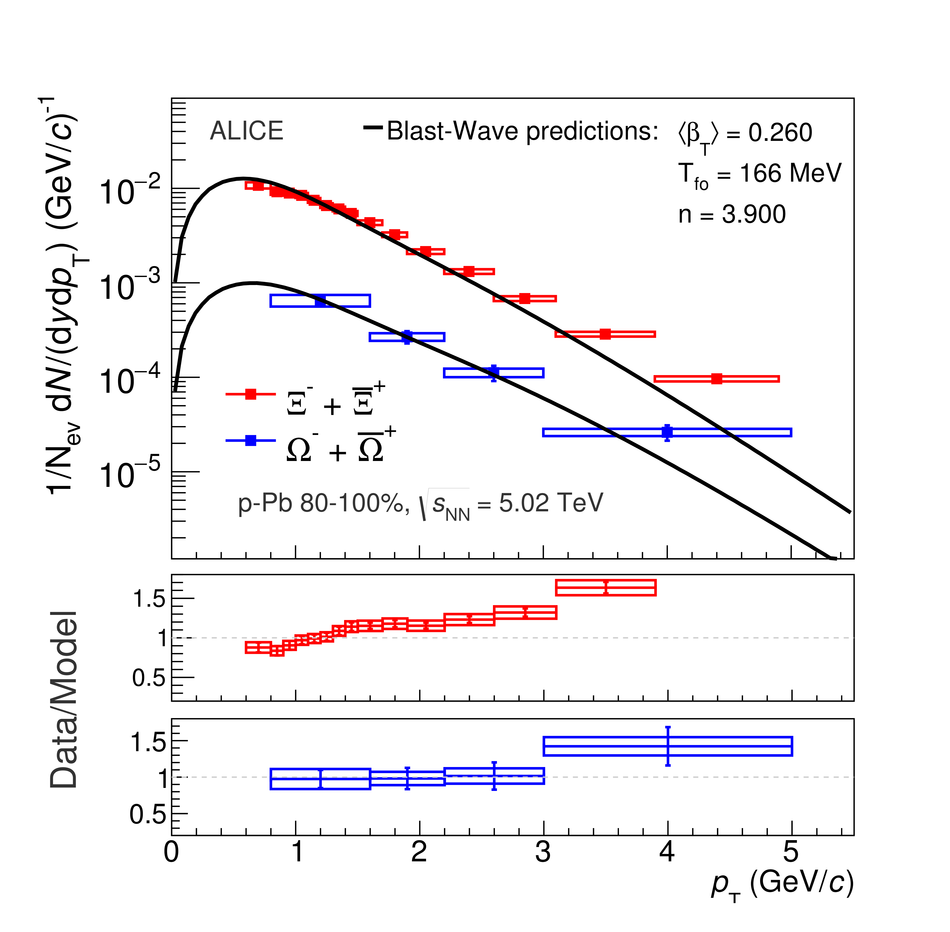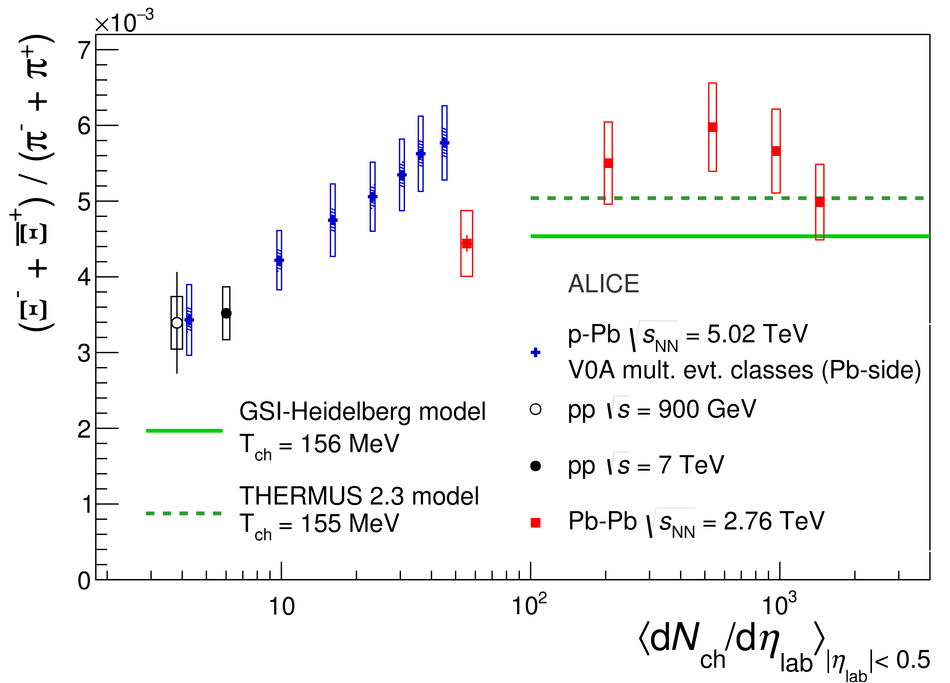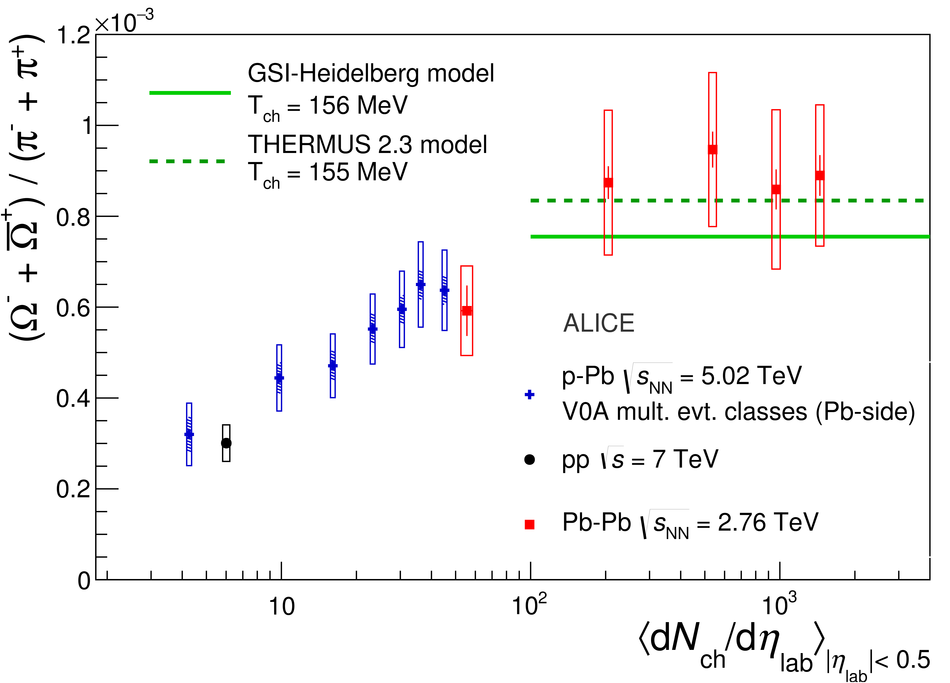The multi-strange baryon yields in Pb--Pb collisions have been shown to exhibit an enhancement relative to pp reactions. In this work, $\Xi$ and $\Omega$ production rates have been measured with the ALICE experiment as a function of transverse momentum, ${p_{\rm T}}$, in p-Pb collisions at a centre-of-mass energy of ${\sqrt{s_{\rm NN}}}$ = 5.02 TeV. The results cover the kinematic ranges 0.6 GeV/$c<~{p_{\rm T}} <~$7.2 GeV/$c$ and 0.8 GeV/$c<~{p_{\rm T}}<~$ 5 GeV/$c$, for $\Xi$ and $\Omega$ respectively, in the common rapidity interval -0.5 $<~{y_{\rm CMS}}<~$ 0. Multi-strange baryons have been identified by reconstructing their weak decays into charged particles. The ${p_{\rm T}}$ spectra are analysed as a function of event charged-particle multiplicity, which in p-Pb collisions ranges over one order of magnitude and lies between those observed in pp and Pb-Pb collisions. The measured ${p_{\rm T}}$ distributions are compared to the expectations from a Blast-Wave model. The parameters which describe the production of lighter hadron species also describe the hyperon spectra in high multiplicity p-Pb. The yield of hyperons relative to charged pions is studied and compared with results from pp and Pb-Pb collisions. A statistical model is employed, which describes the change in the ratios with volume using a canonical suppression mechanism, in which the small volume causes a species-dependent relative reduction of hadron production. The calculations, in which the magnitude of the effect depends on the strangeness content, show good qualitative agreement with the data.
Phys. Lett. B 758 (2016) 389-401
HEP Data
e-Print: arXiv:1512.07227 | PDF | inSPIRE
CERN-PH-EP-2015-327

